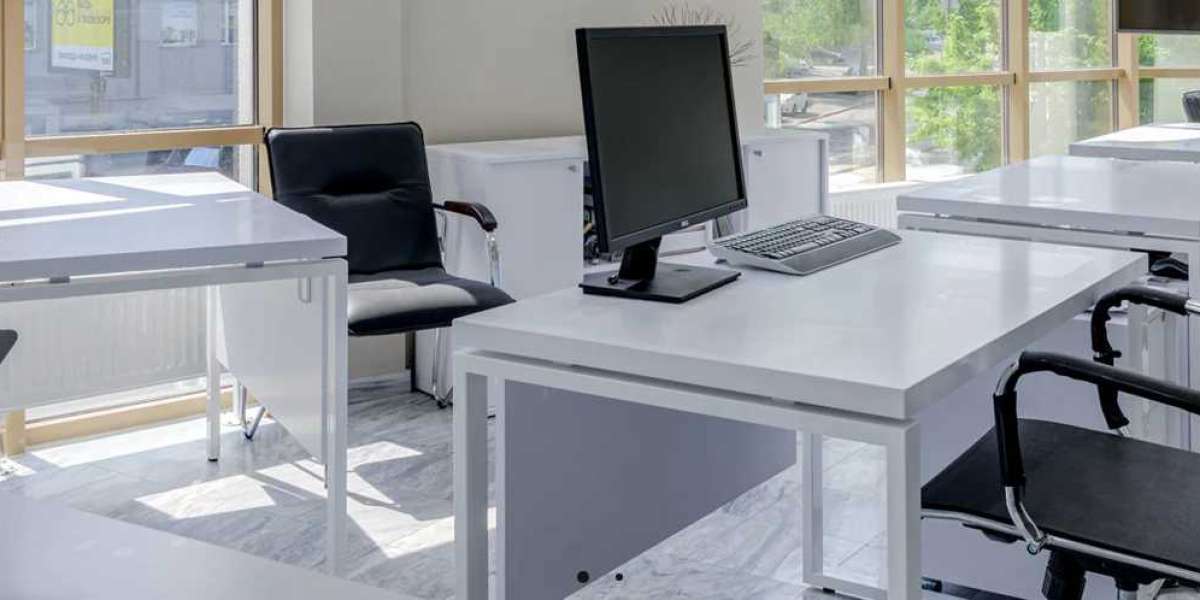Introduction: In today's digital age, the integration of technology into office furniture has become a driving force behind workplace efficiency and employee comfort. By seamlessly blending cutting-edge technology with ergonomic design, modern office furniture solutions offer a range of features aimed at optimizing productivity, streamlining operations, and enhancing the overall work experience. In this guide, we'll explore how integrating technology into office furniture can revolutionize your workplace, making it more efficient, comfortable, and conducive to success.
Understanding Integrated Technology:
- Explore the concept of integrated technology in office furniture and its role in transforming traditional workspaces into smart, connected environments. Learn how features such as IoT sensors, wireless connectivity, and automation systems are revolutionizing the way we work.
Enhancing Efficiency:
- Discover how integrating technology into office furniture enhances efficiency in the workplace:
- IoT Sensors: Sensors embedded in furniture pieces monitor occupancy, usage patterns, and environmental conditions, allowing for optimized space utilization and resource allocation.
- Wireless Connectivity: Integrated Wi-Fi and Bluetooth connectivity enable seamless communication and collaboration, eliminating the need for cumbersome cables and wires.
- Automation Systems: Automated features such as height-adjustable desks, motion-sensing lighting, and climate control systems streamline workflow processes and reduce manual tasks, improving overall efficiency.
- Discover how integrating technology into office furniture enhances efficiency in the workplace:
Promoting Comfort:
- Learn how technology integration promotes comfort and well-being for employees:
- Ergonomic Design: Office furniture equipped with ergonomic features such as adjustable heights, lumbar support, and tilt mechanisms ensures optimal comfort and posture alignment, reducing the risk of musculoskeletal issues.
- Climate Control: Smart furniture solutions with integrated climate control systems allow employees to personalize their workspace temperature and airflow, creating a comfortable environment conducive to productivity.
- Wellness Features: Innovative wellness features such as posture reminders, hydration trackers, and relaxation modules promote employee health and well-being, fostering a positive work experience.
- Learn how technology integration promotes comfort and well-being for employees:
Key Considerations for Integration:
- Explore key considerations for integrating technology into office furniture effectively:
- Compatibility: Ensure compatibility between technology components and existing IT infrastructure to enable seamless integration and functionality.
- User Experience: Prioritize user experience by designing intuitive interfaces and providing adequate training and support to employees for using technology-integrated furniture effectively.
- Data Security: Implement robust data security measures to protect sensitive information collected by IoT sensors and other connected devices embedded in office furniture.
- Explore key considerations for integrating technology into office furniture effectively:
Real-World Applications:
- Discover real-world applications of technology-integrated office furniture across various industries and workplace settings, showcasing how these solutions are driving efficiency, collaboration, and employee satisfaction.
Conclusion: By integrating technology into office furniture, organizations can create modern workspaces that prioritize efficiency, comfort, and employee well-being. From IoT sensors and wireless connectivity to ergonomic design and wellness features, technology integration revolutionizes the workplace, making it more dynamic, connected, and conducive to success in today's digital era.


